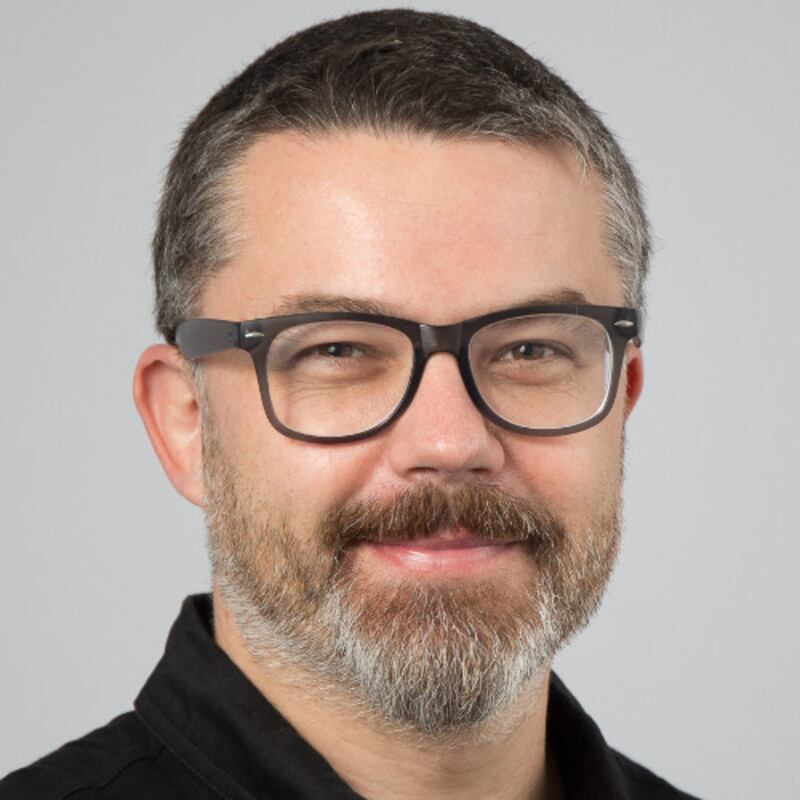For the majority of modern health services, no matter how well-funded, resources are inevitably scarce and demand is invariably high.
That’s according to Peter Mann, digital strategy lead with Xerox. He says supply of healthcare simply does not meet demand, especially as the latter continues to grow exponentially.
“It doesn’t matter what country I am working in, whether it is a public or private health system, the number one problem everyone has is a huge backlog of patient demand and not enough doctors and nurses. In other industries, they are continually trying to drive up demand but in healthcare that demand is always there.”
So how can health systems square this circle? Mann says his company’s mantra is “patients, not paperwork”. They believe that by smartly embedding new technologies within healthcare, doctors, nurses and other healthcare staff could recoup valuable time that could then be spent with more patients.
READ MORE
“We are focused on enabling health systems to drive up their productivity,” he explains. “We want to enable doctors and nurses to do more. We are trying to reclaim all of that time burned on literal paperwork. Because even if it is a PDF on a screen, doctors still consider that paperwork.”
Health is a sector that is languishing in the past when it comes to digitising itself - Ireland has had well-documented delays when it comes to introducing electronic health records and individual patient identifiers across the public health service. Again, Mann says the paucity of digital solutions within health is a global problem.

“Some regions are still 100 per cent paper, and Ireland would be included in that for the most part, while others are somewhere along the journey.” Almost nowhere is completely paper-free and he acknowledges that this is often not a realistic goal. “Yet physical and paper records mean everyone has to be in one physical building to get the job done.”
But the current focus on automation goes far beyond simply digitising patient files.
“The conversation used to be about creating digital healthcare, people wanted to see electronic patient records on a screen or phone.” Mann says this would bring about an improvement of 10-20 per cent in terms of productivity. “This would maybe cut one minute out of every nine or 10 minutes. So that’s hugely beneficial and there is great logic behind that as well as benefits in terms of accuracy and availability.”
But Xerox is focused on bringing the three A’s - automation, augmentation and artificial intelligence - to health, offering a potential paradigm shift that would transform everyday clinical practice.
To achieve this, however, paper records need to be binned. “Robots don’t read paper,” he points out. “Ireland cannot benefit as it is a predominantly paper-based system - there is no data. Unless you have genuine data none of these groundbreaking developments can be implemented here.”
This not only means time is no longer wasted on paperwork, but opens up the possibilities of virtual assistants using machine learning and AI to aid doctors in diagnosing patients. “A robot assistant could do some of the analysis and quickly look over a 25-year patient record and make some positive suggestions to the clinician to help augment what they do.”
Xerox calls this the hybrid workforce. “We are not talking about removing humans, there will always be humans in healthcare,” Mann explains. “We are talking about how we create an environment where the so-called robots, the artificial intelligence, sit alongside and work with healthcare staff and be a live assistant to them. It’s how they work usefully together.”
One of the main barriers - possibly the biggest - to the implementation of new technologies is systemic buy-in. This is especially pertinent when it comes to a critical area like health.
While Mann says he has yet to meet a clinician “who does not want to do what I am describing”, he acknowledges that such a major shift in how medics work and how hospitals are fundamentally run poses significant challenges.
“Every clinician, every chief information officer in healthcare, wants to make that transition,” he says. “That’s not the issue, the issue is budget, time and managing the change. It is not about scanning pieces of paper, it is about changing how every single clinic happens, the whole operating model is changing and that is a big deal.”
Universal buy-in and ample investment is required for this to be a success, he adds. “It’s about getting to the point where every team and every stakeholder is lined up because everyone has to move at the same time - you can’t have one team doing it and not the other.” And this won’t happen overnight - Mann suggests it could take three years of digital and paper co-existing before the transition is eventually complete.
He also points out that Ireland has an opportunity to “leapfrog” other countries when it comes to this, with the advent of the new health regions under Sláintecare. This focus on regional shift is now happening elsewhere. “Looking at the whole region means Ireland has the opportunity to start at that point,” he explains. “By making one consolidated shift, a doctor can access a full record and have a single point of view.” This would improve outcomes and minimise clinical risk in terms of errors and misunderstandings, he says. “And also save a lot of time.”
You can meet Peter Mann from Xerox at the upcoming Future Health Summit on May 29th-30th. See futurehealthsummit.com for details













